We recently connected with Lindley Ashline and have shared our conversation below.
Lindley, looking forward to hearing all of your stories today. One of the things we most admire about small businesses is their ability to diverge from the corporate/industry standard. Is there something that you or your brand do that differs from the industry standard? We’d love to hear about it as well as any stories you might have that illustrate how or why this difference matters.
Innovation in photography isn’t always about using a cutting-edge lens or reinventing the art form. Sometimes photographic innovation is simply about finding people worthy of the lens in ways that other photographers don’t.
The modern photography market is deeply body-negative and entrenched in toxic beauty standards — from photoshopping bodies to look more “flattering” to only including certain body types in portfolios and on social media accounts.
In fact, when I began doing portrait and boudoir photography in 2015, I had trouble even finding training on working with clients in larger bodies. Big-name photogs would offer courses on portraiture where only a few minutes were devoted to posing larger people — which make up two-thirds of the American population — “in case you have to work with a mother of the bride and she’s…bigger.”
Not only is that attitude insulting, it’s ignoring two-thirds of the photography market! What a short-sighted and unjust viewpoint.
By 2015, I’d been in the fat acceptance community (from which body positivity was a later offshoot) for years, and I knew right away that bigger people were the population I wanted to serve.
When I started Body Liberation Photos that year, I knew that plus-size people were an underserved market, but I didn’t realize just how much contempt mainstream photography has for actual human bodies. I hadn’t expected a basic respect and a little bit of awe for the human bodies that are the basis of my art to set me apart, and yet it did.
What that looks like in practice is stigma- and retouching-free photo sessions, poses meant for larger bodies and a celebration of bodies as they already exist.
It also looks like increasing amounts of emotional support before and after photo sessions, another innovation I was surprised to find wasn’t already standard practice in a world that tells us that none of our bodies are good enough.
In fact, over time and dozens of photography clients, it became so clear that emotional support is an essential part of a good photo session — especially for people in marginalized bodies — that I spun the support components off into their own program, called SEEN.
Now, everyone around the world can access the radical strategies I use with my clients to improve their body image and prepare themselves to see their own bodies in images.
In 2017, I also began innovating in another way by creating the world’s first collection of size-diverse stock photography that focuses on bodies at the highest end of the weight spectrum. At Body Liberation Stock, my contributors and I provide high-resolution, royalty-free images of plus-
size people in all walks of life for commercial use.
It’s pretty cool to have a job that lets me be innovative and imaginative while also making the world a better place, both for my clients and for everyone by increasing size diversity in stock imagery.
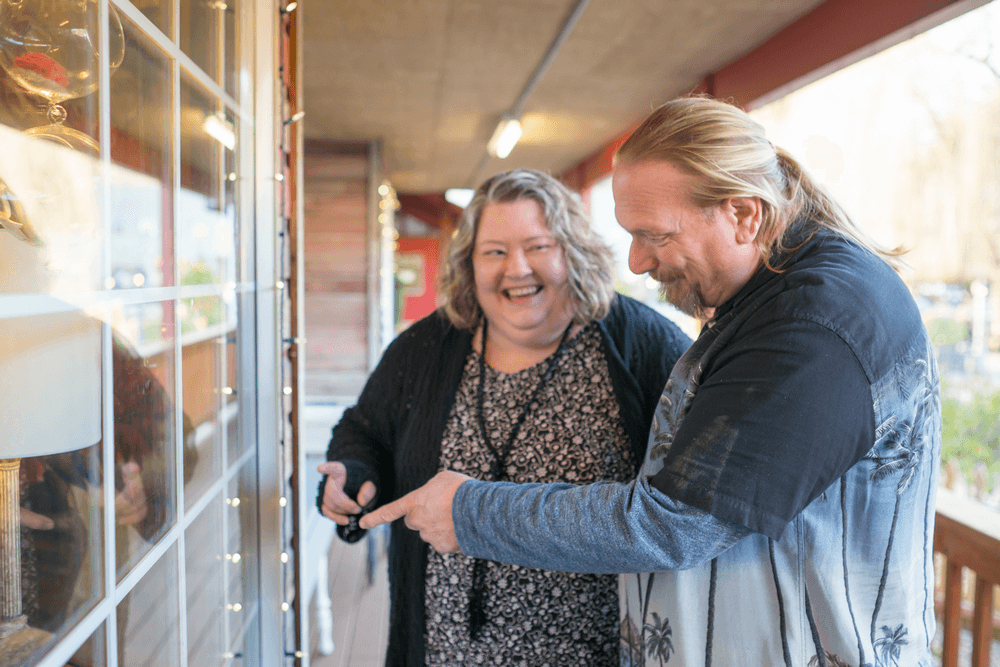
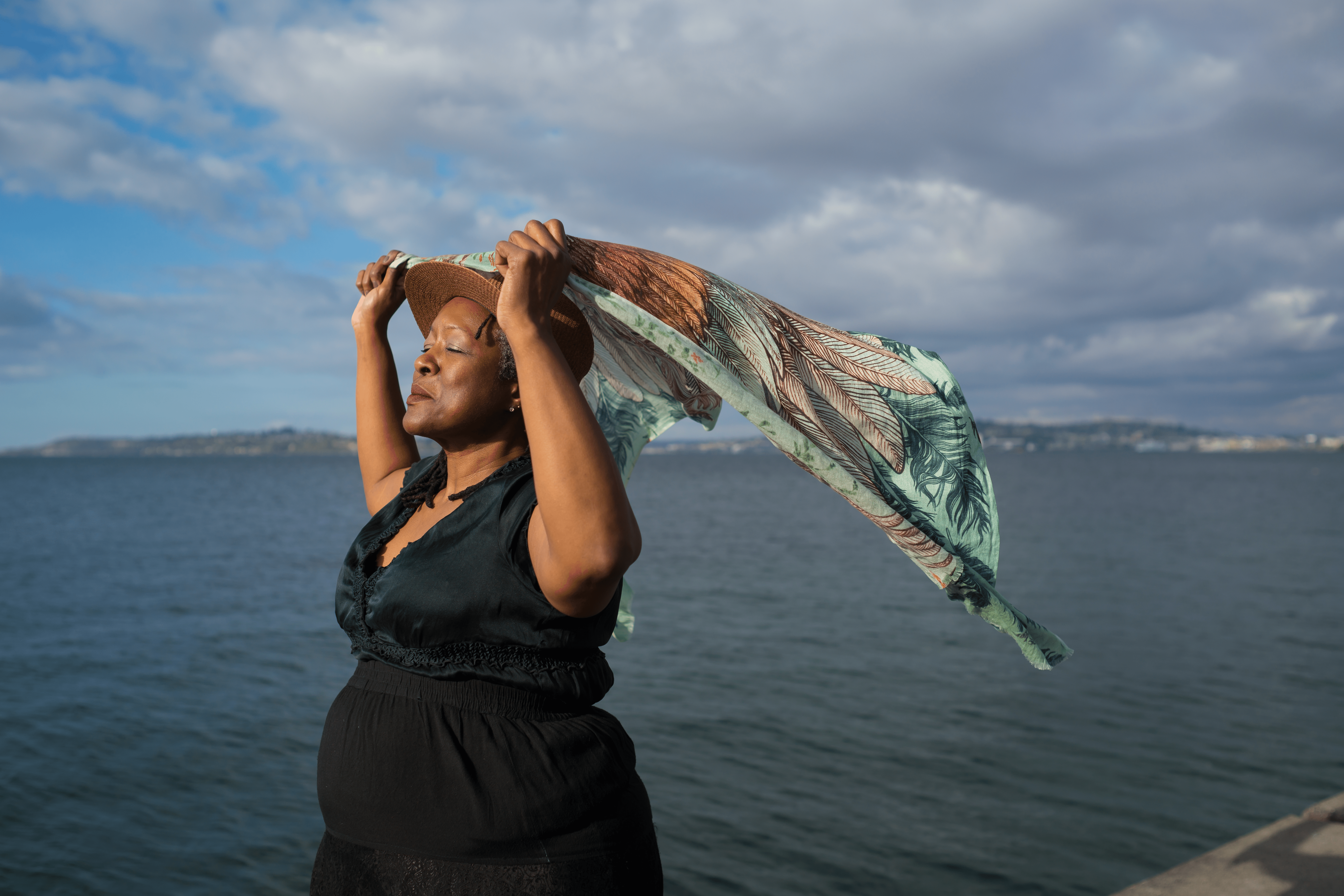
Great, appreciate you sharing that with us. Before we ask you to share more of your insights, can you take a moment to introduce yourself and how you got to where you are today to our readers.
I used to think that I was too fat to be a professional photographer. I thought that no one would hire a fat photographer, that they’d laugh at the very thought. I never saw photographers in bigger bodies, and I never saw bigger people being beautifully and respectfully photographed.
From the safety of my corporate job, I watched people in thin bodies make other thin people’s dream images come true.
In 2015, I took the leap and trusted that larger folks would want a fellow fat person (a term I use neutrally) as their photographer, someone who understood both what it’s like to live in a similar body and how those bodies look and move.
I launched Body Liberation Photography and began photographing people in all sorts of larger and marginalized bodies. But much of my work at that time was still caught in the paradigm of “acceptable” bodies. Many of the poses and techniques I was taught while I was learning to photograph people are meant to minimize physical bodies and force them into meeting our current cultural beauty standards.
As I’ve grown in my own body acceptance and become a strong advocate for body liberation and fat liberation, I’m no longer willing to dance around trying to fit my clients and models into a mold that doesn’t serve them.
These days, I focus on capturing bodies as they exist in this moment — your joy, your light, your darkness, your story — without worrying about or catering to “flattering” or “attractive.”
Photography sets my soul on fire because through my work, people who don’t see bodies like theirs represented anywhere else get to reclaim their self image. It’s pretty amazing stuff.
In addition to my photographic work, I provide consulting to business owners on creating size-inclusive businesses. I also talk about body liberation and provide resources every week in my newsletter, the Body Liberation Guide.
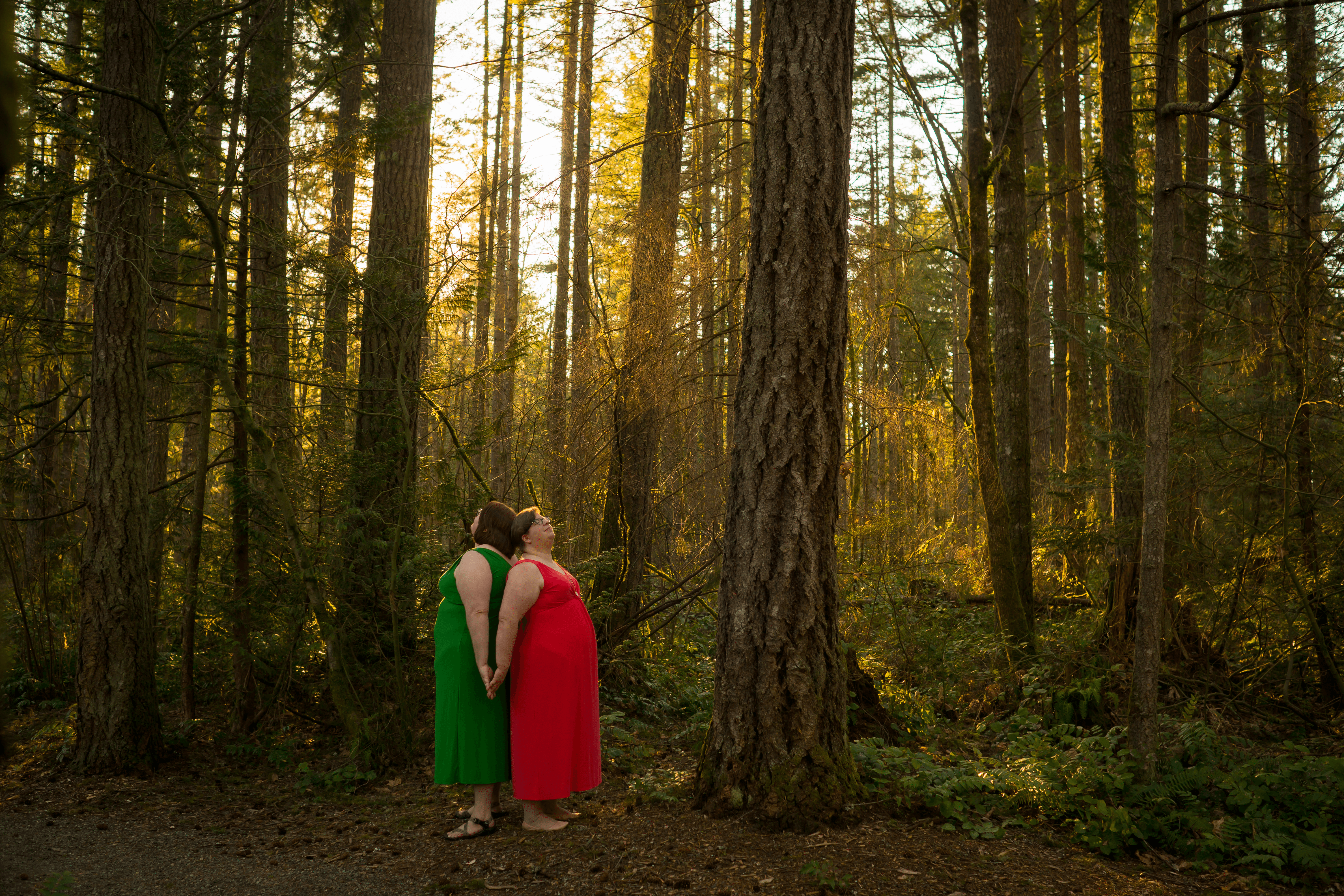
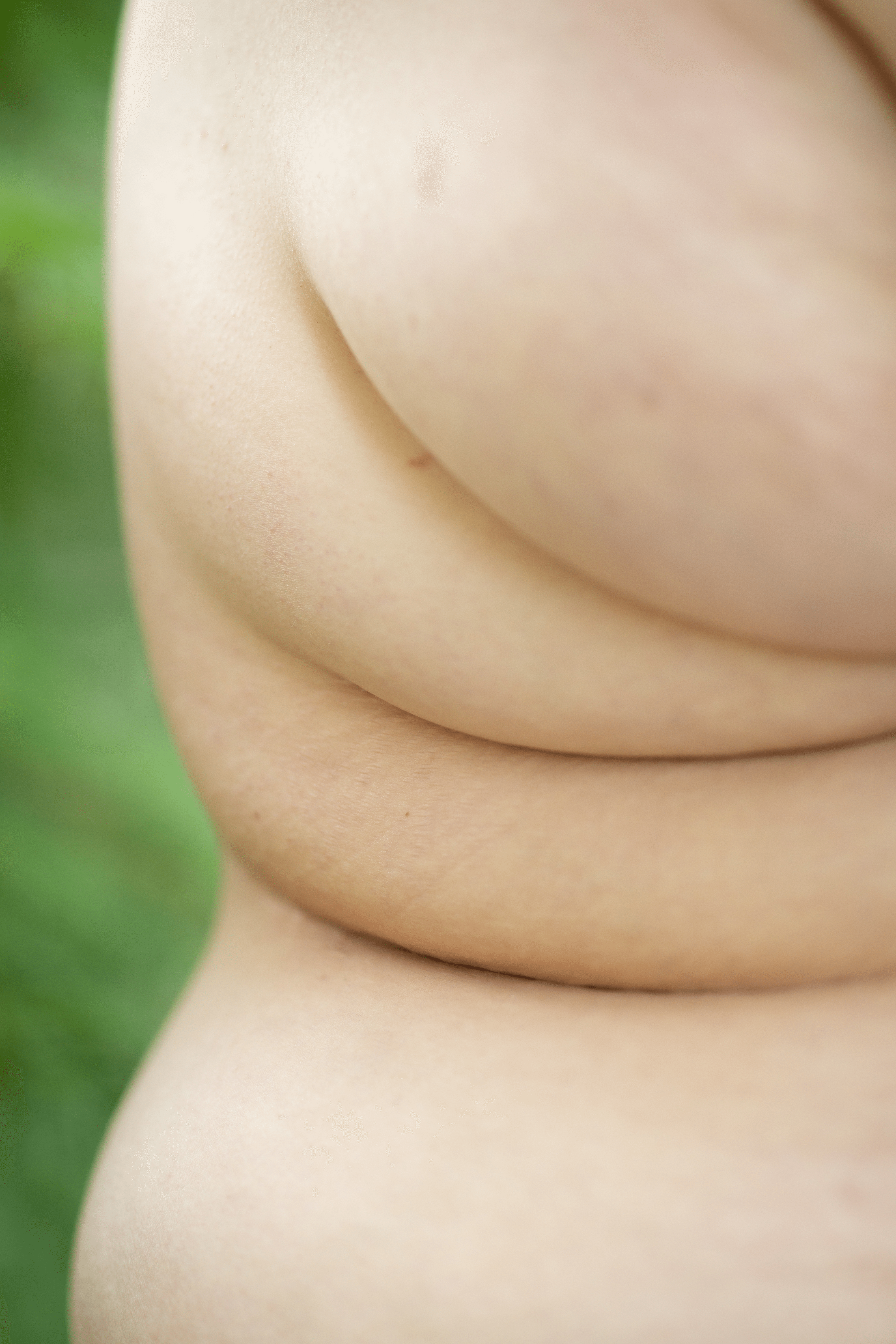
How about pivoting – can you share the story of a time you’ve had to pivot?
Like many small business owners, when the pandemic hit in 2020, I had to quickly find new revenue streams, since I couldn’t do in-person photo sessions. Luck was with me in several ways, though.
Since my photo sessions take place at my home or on location, I wasn’t trying to make rent on a studio location like many other photographers.
I also had a lot of healthcare providers like therapists and nutritionists in my existing social media and newsletter audience, who were restricted from in-person sessions as well. That meant that they spent a lot of time catching up on their websites and training — for which my stock photos and consulting services were perfect.
Luck played a large role in carrying my business through that time period, but so did emphasizing my offerings that made the most sense for people to invest in at that time.
(Now, all my photo sessions are COVID-cautious.)
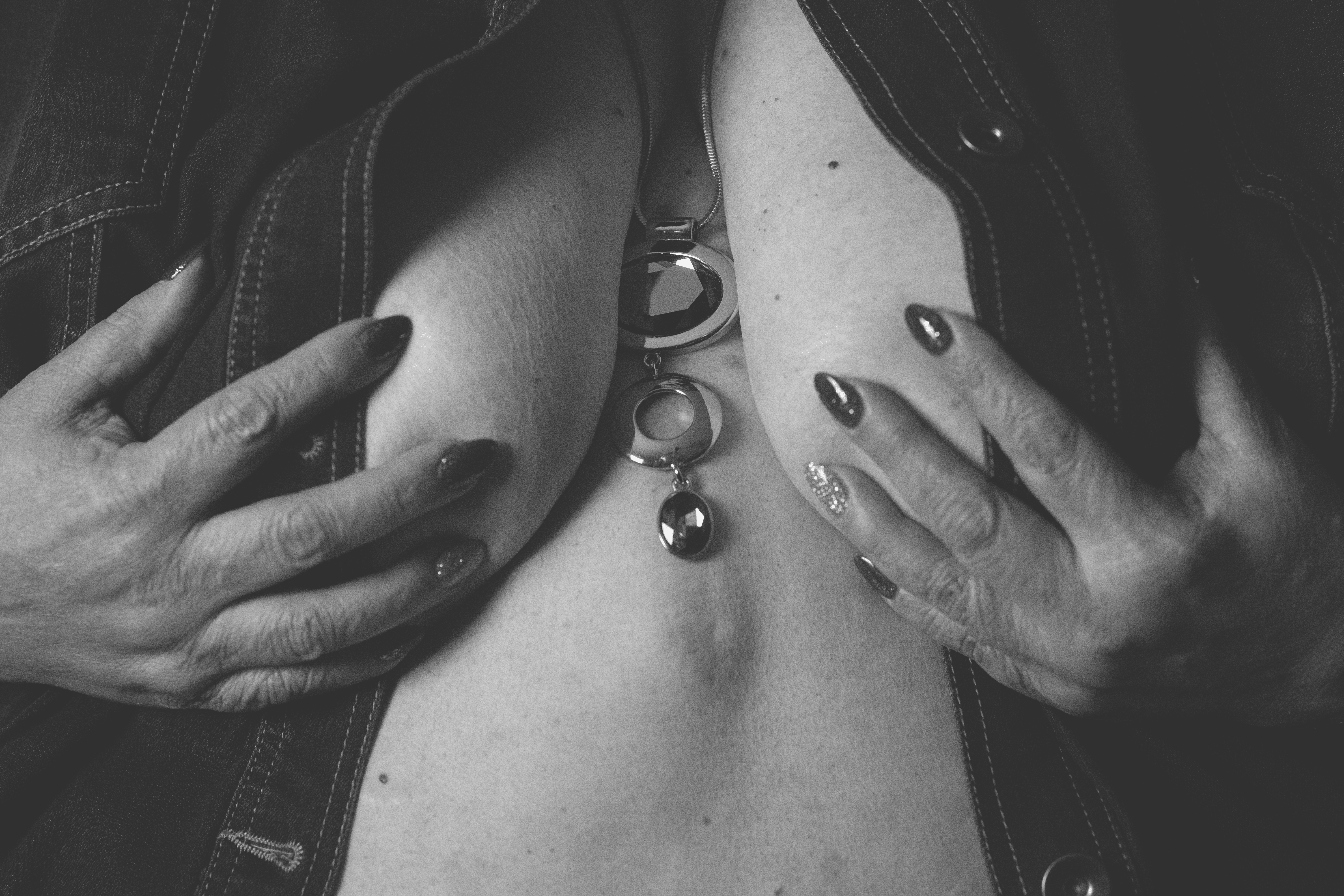

We’d love to hear about how you keep in touch with clients.
My newsletter, the Body Liberation Guide, is the main way I communicate with my audience.
I’ve always been the kind of person who likes to collect and synthesize information, and I’d been doing so for years, but all the resources I was creating — like a calendar of body-positive events and quick resource guides — were scattered around my website.
At one point I was working with a business coach who said, “Why on earth are you not putting these things in your newsletter?” That was really the light-bulb moment for me.
When I started producing a useful newsletter each week, signups, open rates and engagement skyrocketed. People love getting real resources every week in an unobtrusive format that they can search for later in their inboxes.
That doesn’t mean that all my information resources are free. But having a taste gives people a reason to keep opening my emails, keeps them in touch with me and gives me a consistent lead generation engine.
Contact Info:
- Website: http://www.bodyliberationphotos.com
- Instagram: https://www.instagram.com/bodyliberationwithlindley/
- Facebook: https://www.facebook.com/bodyliberationphotos/
- Other: https://bsky.app/profile/lindley.bsky.social
http://www.bodyliberationstock.com
http://bit.ly/bodyliberationguide




